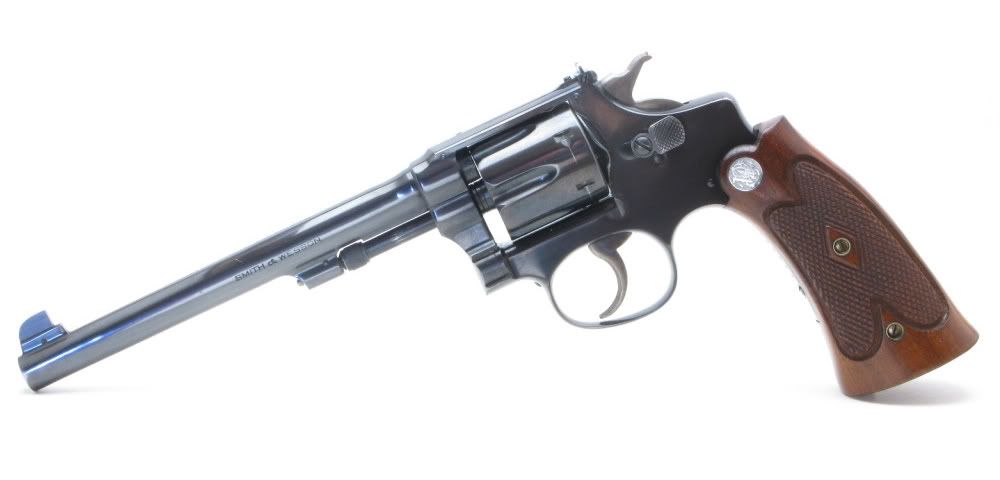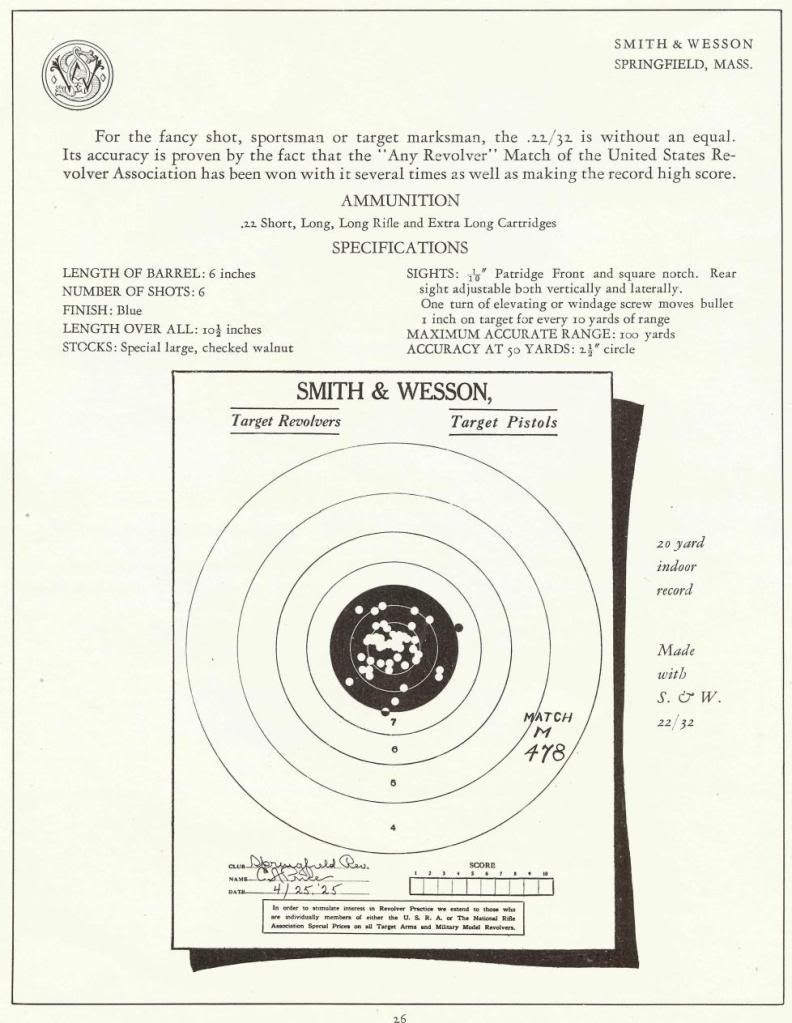
 |
|
#41
|
||||
|
||||
|
Cool find.

__________________
"Everything is impossible until somebody does it - Batman RIP Kevin Conroy, the one true Batman |
|
#42
|
|||
|
|||
|
Nyles,
Love the -1907. I'm sure you know that the fledging USAAC (or maybe Air Service then, can't remember and the Armée de l'Air issued those before the rise of mounted, timing restricted machine guns. Such a cool gun. On a personal note, my Great-Grandpa carried a -1907 when he was the Sheriff of the neighboring county back in the early 30s.
__________________
I like to think, that before that Navy SEAL double tapped bin Laden in the head, he kicked him, so that we could truly say we put a boot in his ass. |
|
#43
|
|||
|
|||
|
Yup, as did the RAF and the Russian air corps - pretty much every allied nation purchased them as aircraft guns, though most never ended up using them as such because the synchroniser gear was introduced before the contracts were filled. The French were the only ones to get into them in a big way as trench weapons (in fact in 1917 they contracted for a bunch capable of full auto fire and mounting bayonets, but I've never seen evidence it was filled). I have heard reference to General Pershing's bodyguards carrying 1907s, though never any hard evidence.
 Picked up a neat little plinker, a Harrington & Richardson "Target" Model in .22LR, made between 1925 and 1934. One of their whole series of S&W top-break knock-offs, this is built on their small frame (7 shots in .22 or 5 in .32) with a 6" barrel and extended saw handle grips. I get a kick out of the quotations on the "Target" (right there on the gun!), since the trigger is "awful" and the sights are "borderline unusable" - the rear sight is so small, and the front so narrow, that you can't see either under anything but ideal conditions. No adjustment on either, or course. It's a cool vintage gun in great condition and makes a good plinker, but it was a cheap gun when it was new and sure doesn't eliminate my desire for a Woodsman like Jcordell's.  Also picked up a nice British P53 bayonet with what looks to be a Canadian rack number on the scabbard. The blade has an interesting bend away from the barrel, which is intended to keep you from jabbing your hand when loading a muzzle-loader. Unfortunately 19th century tolerances being what they are it's slightly too tight to fit my Snider - at the time the quartermaster would just have swapped it out for one that did, and chances are it would have fit the next rifle.  Finally I got an M38 Carcano short rifle bayonet - when the original M38 Short Rifle came out in 7.35mm, it was issued with a folding blade bayonet that could be folded on the rifle when not in use (it still came with a scabbard - the logic of the whole setup escapes me). However when they went back to the 6.5mm with the M91/38, they went to a normal fixed blade on the same type bayonet. It's very small, the smallest bayonet in my collection (about the size of a belt knife, which was probably more practical on the quite compact short Carcano anyways). Both are quite rare, as the short rifle was phased out of production entirely by the end of 1941, and the carbines still used the old M91 bayonet. |
|
#44
|
||||
|
||||
|
I just treat my H&R like it's single action; they sure do have atrocious DA triggers
|
|
#45
|
|||
|
|||
|
Even the single on mine is pretty bad - long take up and heavy.
|
|
#46
|
|||
|
|||
|
Like you said it is a neat vintage revolver though. They were considered to be pretty good revolvers back in the day. Hatcher devotes several pages to the H&R in his classic Textbook of Pistols and Revolvers (1935).
Personally I would like to get hold of a S&W 22-32 Bekeart Target revolver in .22LR. But those particular models are as scarce as Hen's teeth in 2014. But then I didn't expect to find a pre-war Woodsman in such good condition either. Part of the fun is the search.   
|
|
#47
|
|||
|
|||
|
For those who are curious the Bekeart is named after San Francisco gun dealer Phil Bekeart. In 1908 he persuaded S&W to make a target 22 revolver large enough for the average sized shooter to use. Hence the unusual grip which was design to "fill the hand". S&W standardized the model in 1911. Production ceased in 1940 (approximately) and never resumed after the war. S&W never officially called the model after Bekeart. That's something the collectors did on their own. The company now adds his name to the model.
|
|
#48
|
|||
|
|||
|
I actually bid on one of those in an auction last year, I didn't go very high as I was focused on an NWMP-marked Adams Mk.III (didn't get that either). Considering what the Bekeart actually sold for I should have just gotten it!
Actually did a bit more research on my Carcano bayonet and found out it's an interesting transitional model - they used the blade and hilt of a folding bayonet welded solid and not drilled for the blade lock. Still correct for a wartime 6.5mm, the work was done clean enough that I didn't notice at first. Last edited by Nyles; 08-06-2014 at 06:34 PM. |
|
#49
|
||||
|
||||
|
A fun range game is trying to hit a glass bottle with a .22 H&R 929 snub, using only .22 Shorts and the DA trigger
|
|
#50
|
|||
|
|||
|
Yeah the prices are pretty high on them. Astronomical actually.
|
 |
|
|